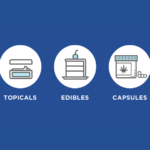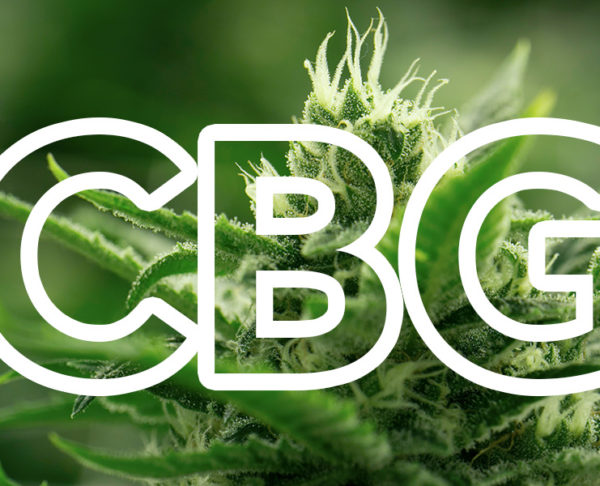Cannabinoids are a natural, historical, and integral part of the human diet, within and outside of cannabis consumption. Cannabinoids are produced naturally in plants, known as phytocannabinoids, and in the human body, as endocannabinoids. Our endocannabinoid system (ECS) is the natural infrastructure for interacting with cannabinoids from plants.
Cannabis is the only known plant that has significant amounts of phytocannabinoids present as a visibly viscous resin on the plants’ flowers and leaves, giving cannabis its sticky reputation. Here are some of the cannabinoids you need to know about as you choose the cannabis strain that is right for you.
THC: Delta 9 Tetrahydrocannibinol (major cannabinoid)
Responsible for the feeling of being high, THC is the form that THCA takes after heating raw cannabis material to the appropriate levels. THC is useful for mild-to-moderate pain relief, nausea control, insomnia relief, appetite stimulation, and depression treatment. It can be used to wean off addictive drugs such as opioids. Also, THC provides quality of life improvement for terminal cancer, AIDS, and other end-of-life illnesses.
THCA: THC-Acid
The acidic form of THC in growing cannabis plants, THCA, is not intoxicating. Activation via heat transforms THCA into THC. THCA can be used therapeutically by consuming raw cannabis material, often achieved through juicing raw cannabis leaves and flowers with water. Glycerin or alcohol tinctures made without heat, such as water extracted hash capsules, are another source of THCA. THCA therapy takes three days to three weeks for full therapeutic benefits. Many regimens recommend THCA for daily preventative therapy and THC for acute episodes of chronic pain or illness. In modern research, THCA has shown positive potential in cognitive development and in emotional intelligence, speech, and cognition changes in children undergoing THCA therapy.
THCV: Tetrahydrocannabivarin
Known as a propylcannabinoid, this rarely occurring cannabinoid intensifies the psychoactive effects of THC but lessens their duration. THCV-rich strains are often referred to as “diet weed”, as THCV potentially inhibits cannabis-related appetite stimulation.
CBD: Cannabidiol (major cannabinoid)
CBD is not intoxicating but has been reported to positively affect mood and behavior. For pain relief, especially due to spasticity, fibromyalgia, or MS, CBD may be recommended. Its anti-spastic properties make CBD an excellent choice for those living with epilepsy. It is also an anti-inflammatory and can be used topically. CBD can prevent neuropathy from diabetes and chemotherapy, while also having properties that may fight tumors. It has proven useful in treating anxiety, depression, and PTSD. It improves quality of life for those living with autism. Extracted in large amounts from hemp or cannabis plants, CBD is available in capsules, edibles, sublinguals, tinctures, topicals, flower, and more.
CBDA: CBD-Acid
Like THC, CBD also has an acidic form, CBDA, which converts to CBD via heat activation. Also not intoxicating, CBDA possesses anti-inflammatory and anti-convulsant properties. Moreover, CBDA shows promise in providing improvement for end-of-life medical treatments. Like THCA, CBDA therapy takes three days to three weeks for full therapeutic effects.
CBDV: Cannabidivarin
Another propylcannabinoid, this non-intoxicating compound may be a key differentiator in whether or not a CBD dominant therapy has greater or lesser benefits for epilepsy and spasticity disorders.
THC to CBD Ratios:
The naturally occurring ratios of CBD to THC in cannabis plants are determined by genetics; however, these ratios can be manipulated into medicines that target specific ailments with cutting-edge technology.
CBD prolongs the effects of THC by inhibiting the enzymes in the liver that break down the THC, causing it to recirculate in the bloodstream. However, this process also reduces the feelings of intoxication from THC. A higher CBD content means less of a high, but it gives longer-lasting therapeutic benefits from the THC.
CBN: Cannabinol (major cannabinoid)
A byproduct of THC degradation through exposure to light and oxygen, CBN is sometimes considered a negative indicator of processing, incorrect storage, and age. While this can apply to indoor-grown cannabis, CBN naturally occurs in outdoor grown plants due to UV light exposure from the sun.
CBN has anticonvulsant properties and decreases heart rate without decreasing blood flow. It generally induces feelings of grogginess, but is a dose-dependent substance; low doses can help as a sleep aid while high doses can be alerting. Low-THC cannabis flower with myrcene is a similar experience to the therapeutic effects of CBN.
CBG: Cannabigerol (emerging major cannabinoid)
CBG is the precursor to all other cannabinoids and is found in immature cannabis plants. It is non-psychoactive and has anti-inflammatory properties. High CBG levels can, but don’t necessarily, indicate an early harvest. CBG has been identified as the cannabinoid that best treats intra-ocular pressure associated with glaucoma and may have many undiscovered therapeutic effects.
CBGA: CBD-Acid
The acidic form of CBG and the building blocks for THC, CBD, and all other cannabinoids as the plant matures. More research is needed on the full-scale, potential medical value of CBG in its acidic form.
CBC: Cannabichromene (potential major cannabinoid)
With promising and powerful anti-anxiety properties, CBC is a cannabinoid most prevalent in juvenile plants. Some plants that cannot produce THC and CBD efficiently will accumulate CBC. This is because CBG is the building block of all cannabinoids and when it cannot convert to CBD or THC, it often converts to CBC.
So, that’s a little primer on your endocannabinoid system for newbies. Understanding how all of these components can work together and separately to heal the body and soul is fascinating. What to learn more? Reach out to the Cleveland School of Cannabis today. You can see the full certificate program course schedule here.
Source:




